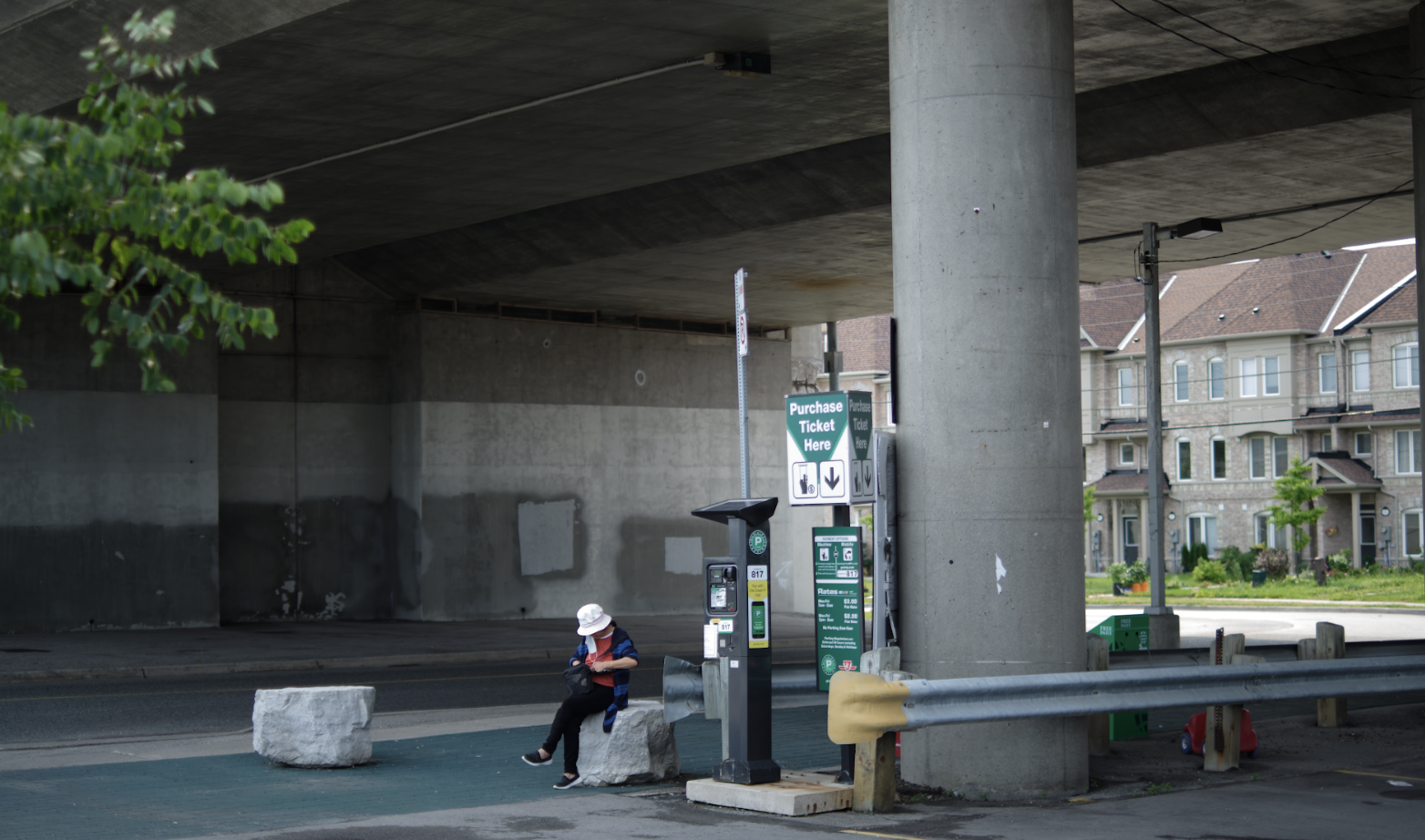What Drives Resident Priorities?
Resident priorities derive from personal experiences of their neighbourhoods, and their views cluster around shared characteristics.

What Drives Resident Priorities?
Resident priorities derive from personal experiences of their neighbourhoods, and their views cluster around shared characteristics.
Key points:
- Neighbourhood priorities and perceptions do not align neatly with geography. Neighbours often perceive their neighbourhoods in very different ways.
- Personal experience explains perceptions to a greater degree: drivers tend to prioritise road maintenance, renters tend to prioritise housing costs, older individuals tend to prioritise health care.
- Some homeowners do strongly prioritise reducing housing costs, however, especially those who live in lower income neighbourhoods.
- We identified five overall types of inner suburban residents: dissatisfied, left-leaning young people; hopeful, trusting new Canadians; well-connected, racialized middle class; highly educated and wealthy liberal homeowners; conservative leaning, older homeowners.
- Neighbourhood and policy priorities align with these groups, which reveal the underlying structure behind the diverse community voices we uncovered.

Community Voices’ survey and interviews give voice to some shared concerns as well as a range of neighbourhood preferences, priorities, and perceptions in Toronto’s inner suburbs, many of which overlap with factors identified by researchers that are conducive to community health. This section probes some sources of differences in residents’ priorities. In doing so, it reveals the rich diversity of Toronto’s inner suburbs, demonstrating that far from representing a monolithic suburban mindset, they contain a range of voices and overlapping priorities. These priorities can be traced back to personal experiences, social relationships, and social statuses such as homeownership, parenthood, mode of transit, income mix, age, class, immigration, and race. Understanding these various bases for residents’ perceptions can help policy-makers respond to them more effectively.




